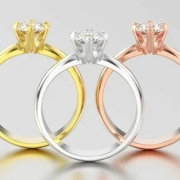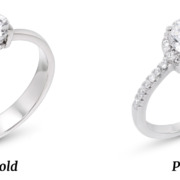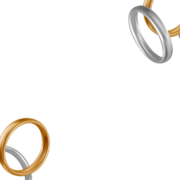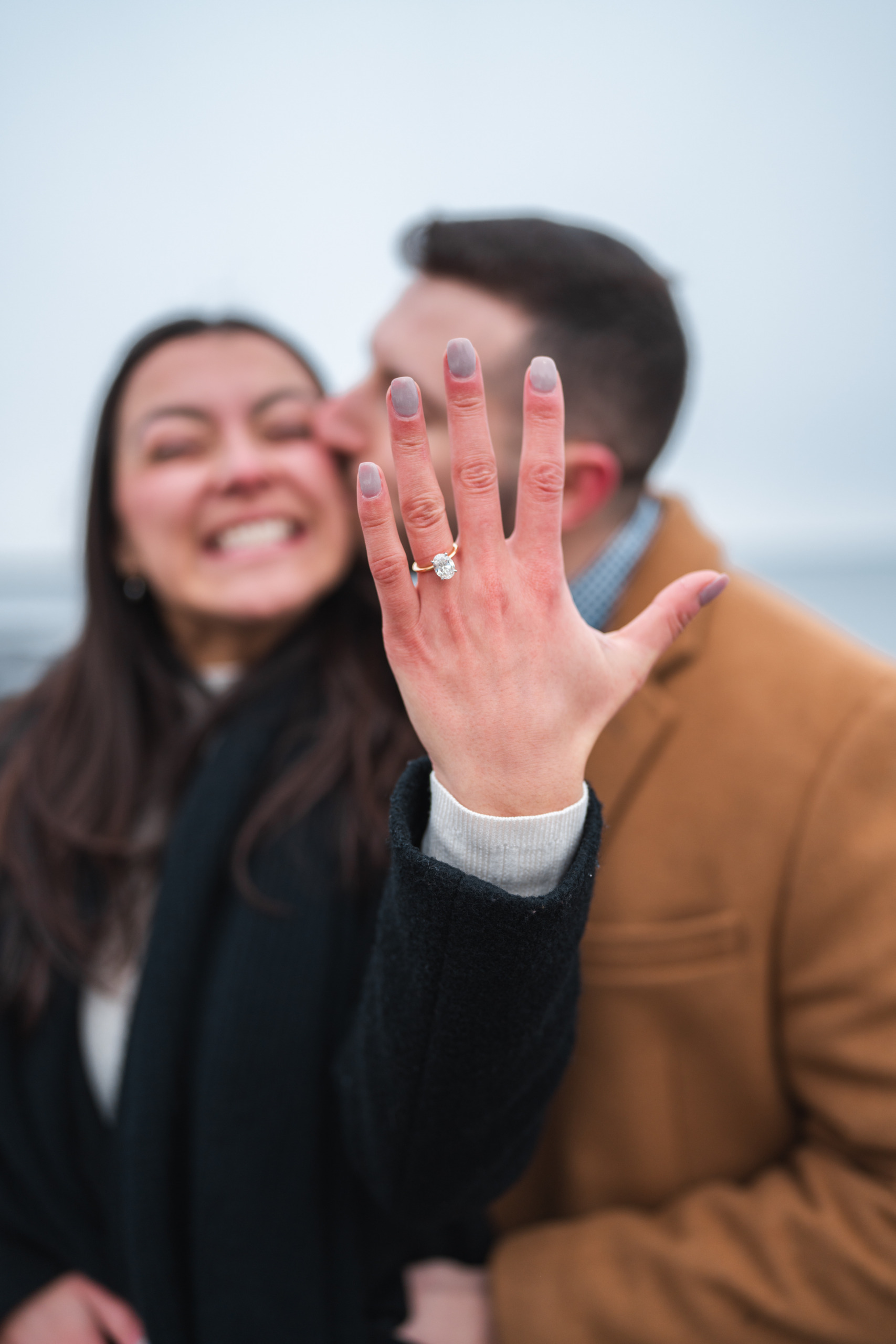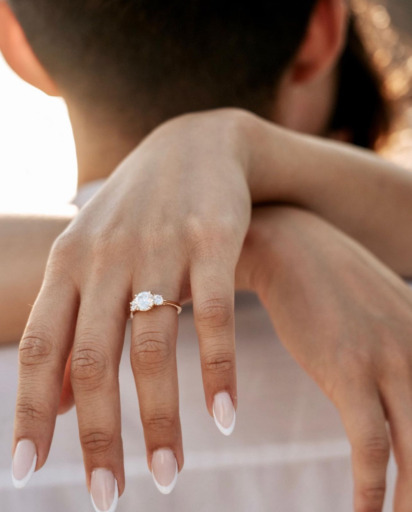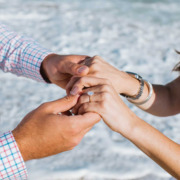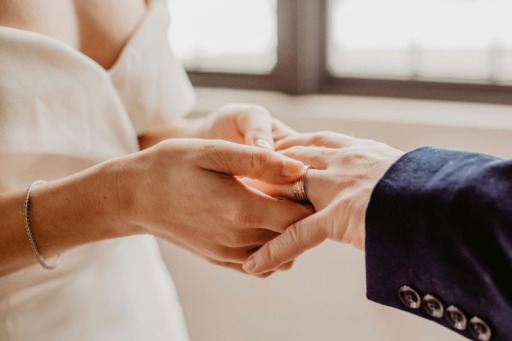How to choose between yellow gold and rose gold for your engagement ring
Following the popularity of our previous blog comparing white gold and platinum engagement rings, we have decided to explore the pros and cons of yellow and rose gold—two warm-toned metals that offer a completely different look and feel.
So, if you’re torn between the traditional allure of yellow gold and the soft, romantic glow of rose gold, this guide is for you.
Rose gold vs. yellow gold: What’s the difference?
Both rose and yellow gold begin with the same foundation—pure gold. What sets them apart is the alloy blend. Yellow gold stays truest to its natural hue, mixed with silver and copper to enhance durability, whereas rose gold owes its signature blush tone to a higher concentration of copper.
Their distinct compositions result in differences in color, strength, care, and symbolism. Let’s take a closer look.
-
Aesthetic appeal
Yellow gold is the ultimate classic. Warm and radiant, its rich hue complements traditional and vintage-style engagement rings and pairs beautifully with warm skin tones.
Known for its soft pinkish tone, rose gold offers a romantic and contemporary look. Its blush color flatters a wide range of skin tones and brings a fresh twist to classic ring designs.
Which metal has the greatest aesthetic appeal?
Both! If you love timeless elegance, yellow gold is your go-to, or choose rose gold for a unique, feminine look.
-
Gemstone pairing
Yellow gold pairs beautifully with warmer-toned gemstones such as champagne diamonds, yellow sapphires, rubies, and garnets. It also enhances the vintage appeal of heirloom settings or traditional solitaire rings.
Rose gold is the perfect partner to Art Deco, floral, and contemporary styles. Its romantic hue enhances the sparkle of white diamonds, morganite, and pink or peach gemstones.
Which metal is the most versatile?
Both! Your gemstone and style preference will dictate the ideal match.
-
Durability
Higher karat yellow gold (18 karat and above) is relatively soft and more prone to scratches or dents over time. However, it is easy to polish and repair, making it ideal for heirloom-quality rings. Rose gold, on the other hand, is slightly more durable thanks to its copper content, making it more resistant to everyday wear.
Which metal stands the test of time?
Rose gold edges out slightly for its added strength, but both metals can last generations with proper care.
-
Hypoallergenic properties
Eighteen karat and above yellow gold is often well-tolerated by those with sensitive skin, as it contains more pure gold and fewer alloys. Lower karats, however, may include nickel, which can irritate in rare cases.
Rose gold is not ideal for sensitive skin due to its copper content, which can cause reactions in people with metal sensitivities or allergies.
Which is metal gentler on sensitive skin?
Yellow gold, particularly in higher karats.
-
Cost
Whilst pure gold is the base of both metals, yellow gold tends to carry a slightly higher price depending on karat and demand. Copper is a less expensive alloy than silver or nickel, which helps keep rose gold’s price point slightly lower.
Which metal is the most affordable?
Rose gold, if you’re looking for budget-conscious elegance with standout color.
Which metal is right for you?
Here’s a quick summary to help guide your decision:
| Feature | Yellow Gold | Rose Gold |
| Color | Classic yellow hue | Soft, romantic pink tone |
| Durability | Softer (especially in higher karats) | Slightly more durable due to copper |
| Maintenance | Easy to polish and restore | Develops patina, but low-maintenance |
| Skin sensitivity | Better for sensitive skin (18k) | May irritate due to copper |
| Cost | Slightly higher | Typically more affordable |
| Gem pairing | Traditional, vintage, warm stones | Romantic, modern, soft-toned stones |
Let us help you find the perfect engagement ring
At BRAG, we craft heirloom-quality engagement rings that reflect your personal love story. From selecting your metal to setting your stone, our team is here to guide you through every decision with care, expertise, and unmatched craftsmanship. Ready to design the engagement ring of your dreams? Contact us to schedule an appointment.

